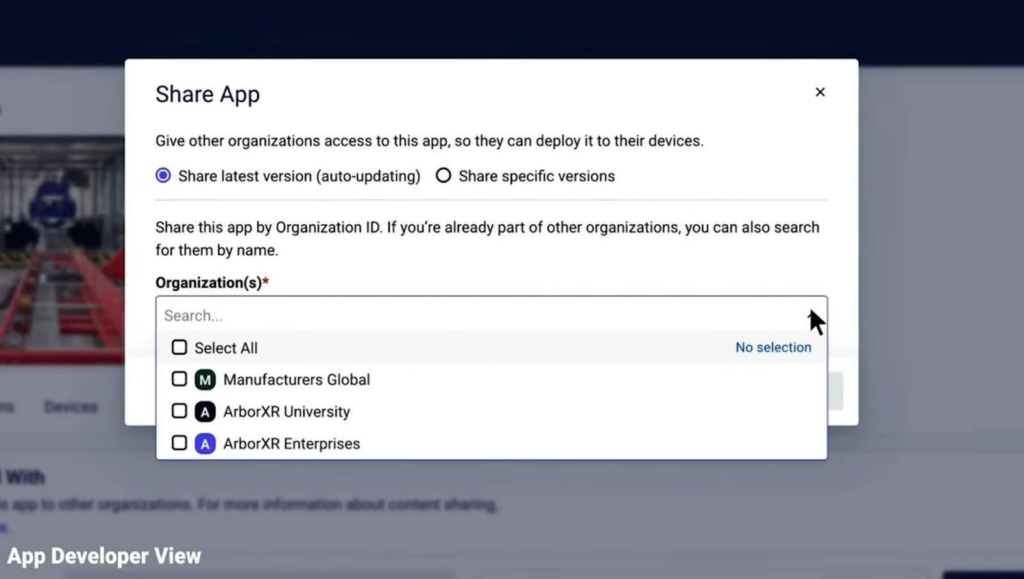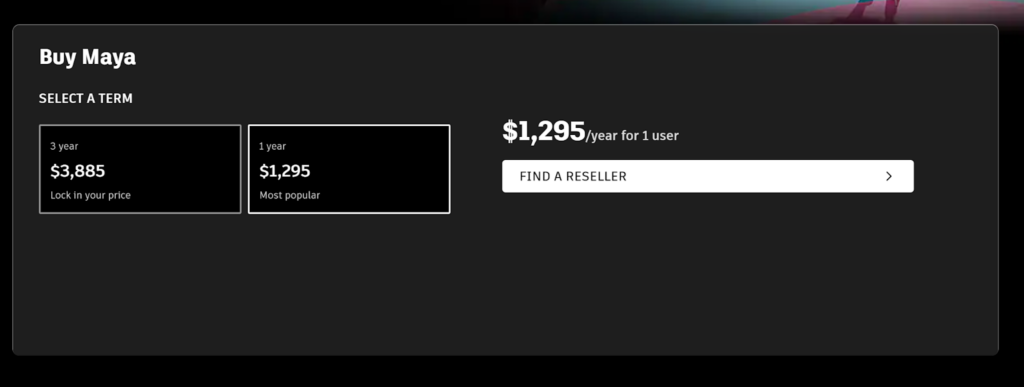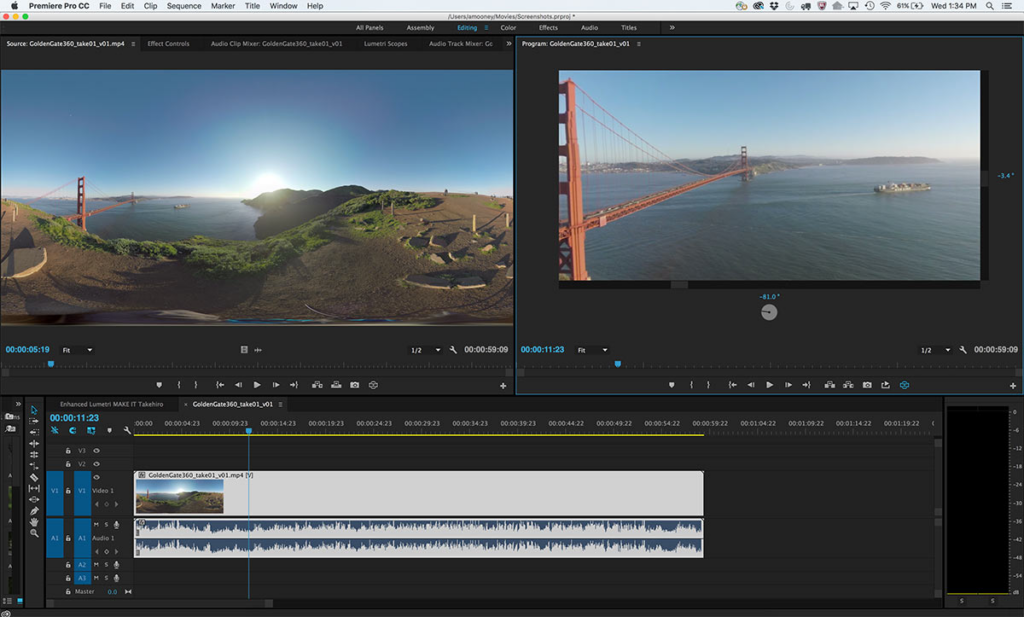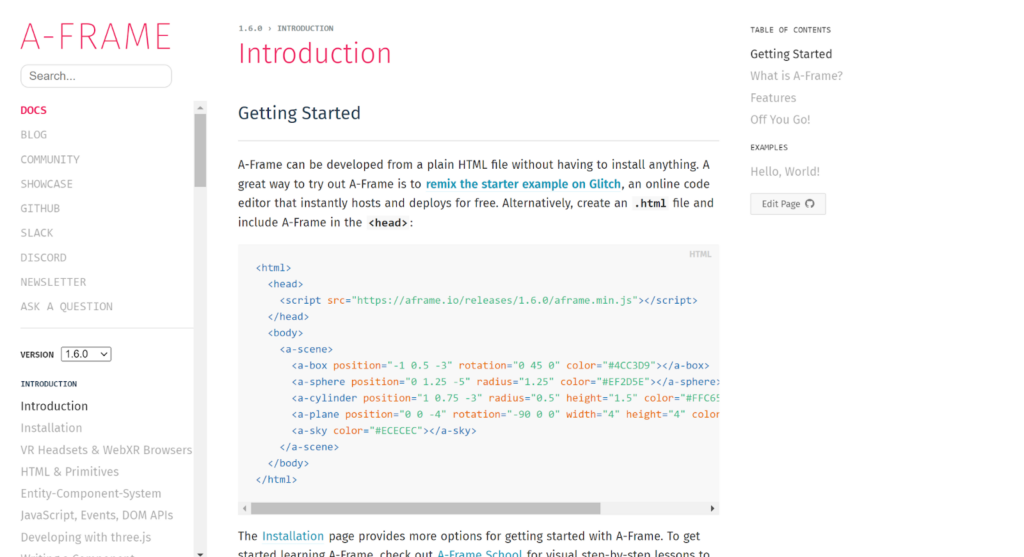As more and more organizations, businesses, and decision-makers start to catch on to the benefits of virtual reality (VR), the market for VR content creation and distribution tools has exploded.
We’re seeing larger-scale deployments and more complex use cases for VR, which means that the tools used to create and distribute this content must be smarter, faster, and more efficient. Not sure where to start? You’re in the right place.
In this ArborXR guide, we’ll introduce five must-have VR tools that will help you create, edit, distribute, manage, and update your VR content.
Let’s start from the top…
What Are VR Tools?
VR tools are software solutions designed to streamline your VR development process, from initial design to final deployment.
Here are just a few examples:
- 3D Modeling Software: For creating assets to populate your virtual worlds.
- Authoring Software: For designing interactive experiences and programming behaviors.
- Distribution Software: For sharing your VR content and managing updates and access.
- Analytics Software: For tracking user engagement and analyzing data.
360-Video Editing Software: For producing VR-ready video content
Why Care About Choosing the Right VR Tools?
Efficient Workflow
VR development involves lots of moving parts. With the right tool, you can automate repetitive tasks and make your workflow smoother and faster.
For example, a great VR authoring software solution will typically have pre-built elements to include in your content. This saves you tons of time and potential headaches since you don’t need to develop these from scratch.
Reach a Wide Audience
Every developer dreams of reaching a broad audience with their content. The right VR content development and deployment tools let you create and deploy content compatible with as many headsets as possible, boosting your reach.
Save Money
Investing in good VR tools can save you money in the long run.
How? These tools let you create apps people want to use, deploy them faster, and spend less on development resources. This boosts ROI and helps you convince less enthusiastic stakeholders to get on board.
Things to Consider When Choosing VR Tools
Project Needs
Are you building a complex, interactive app or a simpler 360° video experience? Understanding your project’s scope clearly will help you identify tools that offer the specific features and functionalities you need.
Ease of Use & Learning Curve
Before choosing a tool, evaluate your team’s experience levels. Then, choose a tool that fits. Some VR tools even come with extensive documentation and community support, which can be invaluable for beginners.
Budget
VR tools can range from free, open-source options to powerful, feature-rich commercial solutions. So, it’s up to you to find one that offers the best value for your project’s needs and fits your budget.
Remember—the most expensive tool isn’t always the best fit.
5 Best VR Tools For Every Use
- Storyflow by Motive.io: Best for authoring VR training content.
- ArborXR: Best for at-scale VR content deployment.
- Maya: Best for 3D modeling and animation.
- Adobe Premiere Pro: Best for 360 video content editing.
- A-Frame: Best for WebVR content development.
1. Storyflow by Motive.io
Motive.io’s Storyflow is a no-code VR authoring tool perfect for designing immersive 3D training simulations. One of Storyflow’s selling points is its ability to integrate speech recognition and AI into VR experiences.

What does this mean in practical terms? Trainees can interact conversationally with non-player characters (NPCs) and the environment. This can dramatically boost immersion while reducing the amount of work required to flesh out scenarios.
Key Features
- Branching Narratives: Create complex, branching narratives that help trainees learn the consequences of their actions.
- Speech Recognition: Integrate speech recognition technology to enable trainees to interact conversationally with NPCs and the environment.
- Character Controls: Animate characters with facial expressions, body movements, and lip-syncs to add more realism to your VR content.
- Assessments: Incorporate assessments and quizzes to evaluate user performance within the VR simulation.
Pricing
Pricing is bespoke. You will need to book a discovery call to get a quote.
Pros
- Designed for creating training content.
- Offers tools for authoring, content management, and analytics.
- Supports in-app assessments.
Cons
- Authoring tools could be more robust.
- No publically available pricing.
2. ArborXR
ArborXR is the easiest way to manage VR apps and install your content to customer devices at scale.

How does it work? It’s simple:
- Sign Up: Register as a developer and upload your VR content to the web portal. We support all kinds of formats—from Android APKs and OBBs to 360-degree videos and MP4s.
- Onboard Clients: Next, have your customers sign up for ArborXR. They can try our platform out with a 30-day free trial. After that, our paid plans start at just $7 per device per month.
Once your client is set up, you can share your VR apps with them instantly. You can grant secure, remote access to the content through their ArborXR web portal while retaining full control over updates, version access, licenses, and more.
This is a win-win for your customers, too. They can use ArborXR to install your content, manage updates, track locations, monitor analytics, and more across their entire VR device fleet. This can give you a competitive edge over other developers.
Pricing
ArborXR is free for developers.
Key Features
- Easy App Sharing: Share VR apps with clients effortlessly, ensuring they receive them quickly and securely.
- Send App Updates: Easily release app updates with your clients, keeping their experiences current.
- Device Management: Clients can manage their VR headsets, track usage, and control who uses them.
- Enterprise-Grade Data Security: Ensure that content and device data are protected with top-tier security measures.
Pros
- Install content remotely across a fleet of devices.
- Secure and controlled content distribution.
- Powerful access and version controls.
- User-friendly interface for both you and your customers.
- Enterprise-grade data security.
- Responsive customer support.
Cons
- No free plan for your customers.
3. Autodesk Maya
Maya is a tool that helps you create the 3D assets—characters, environments, and objects—that populate your VR environment. Unlike other 3D modeling tools, Maya lets you interact with assets in a VR environment while you’re creating them, so it’s definitely worth considering if you’re looking to create more immersive VR experiences.

Key Features
- High-Fidelity 3D Modeling: Create intricate and realistic 3D models optimized for VR experiences.
- Advanced Animation Tools: Design lifelike character movements and interactions for your VR world.
- Powerful Rigging System: Build complex character rigs for smooth animation and realistic in-VR interactions.
- FBX Export: Easily export your 3D assets to popular VR development platforms like Unreal Engine and SynergyXR.
Pricing
Maya offers a free trial window that allows you to try the tool. After that, the paid version costs $1,295 per year.

Pros
- Industry-standard for 3D modeling and animation.
- Powerful tools and features.
- Seamless integration with other VR tools like Unreal Engine.
Cons
- Expensive subscription fees.
- Steep learning curve.
4. Adobe Premiere Pro
If you’re interested in creating 360-degree video content instead of (or in addition to) more complex, interactive VR environments, Adobe Premiere Pro is a great option.

After shooting your 360-degree videos (you’ll need a specialized camera for this), you can use Premiere Pro to edit and refine every detail until it’s polished, immersive, and ready to wow your audience.
Key Features
- VR-Specific Effects and Transitions: Apply immersive effects and transitions designed specifically for 360 footage—like VR Blur and VR Sharpen.
- Spatial Audio Editing: Edit audio based on viewer orientation or position within your VR scene.
- VR Editing: Don a VR headset to edit your immersive footage just as viewers will see it.
- Integration with Adobe Creative Cloud: Seamlessly integrates with other Adobe tools, such as After Effects.
Pricing
Adobe Premiere Pro starts at $22.99 monthly.

Pros
- Powerful and professional-grade video editing tools.
- Extensive range of VR-specific features.
- Strong integration with Adobe Creative Cloud suite.
Cons
- Can be overwhelming for first-time users.
- Usability issues with recent updates.
5. A-Frame
A-Frame is an open-source framework that lets you build VR experiences that run directly in VR web browsers (i.e., WebXR).

The framework is built on top of HTML, which makes it super easy to use if you have basic knowledge of web development. Plus, it works perfectly on all online IDEs, including Glitch.
Key Features
- Entity-Component System: Build VR scenes quickly and easily using an HTML-like syntax.
- Cross-Platform Compatibility: Works on all major VR headsets and browsers.
- Integrated 3D Library: Compatible with several 3D modeling tools and libraries like Maya, Blender, Clara.io, and more.
- Community and Open Source: Strong community support and continuous updates backed by Mozilla.
Pricing
A-Frame is free to use and open-source.
Pros
- Easy to learn and use.
- No need for complex software installations.
- Highly accessible across different devices and platforms.
- Free.
Cons
- Limited to web-based VR experiences.
- Performance may vary depending on browser capabilities.
Supercharge Your VR Development and Deployment With the Right Tools
The success of any VR project partly depends on the tools you use. In this article, we’ve reviewed five fantastic tools to help you master various aspects of your VR projects, from 3D and WebVR development to 360-degree videos and scalable VR content deployment.
Remember—developing your VR experiences is just the beginning. You also need a smooth deployment process for you and your clients if you want to maximize customer satisfaction and minimize stress for your team. That’s where ArborXR comes in.Ready to experience the difference? Sign up for a developer account to get started.